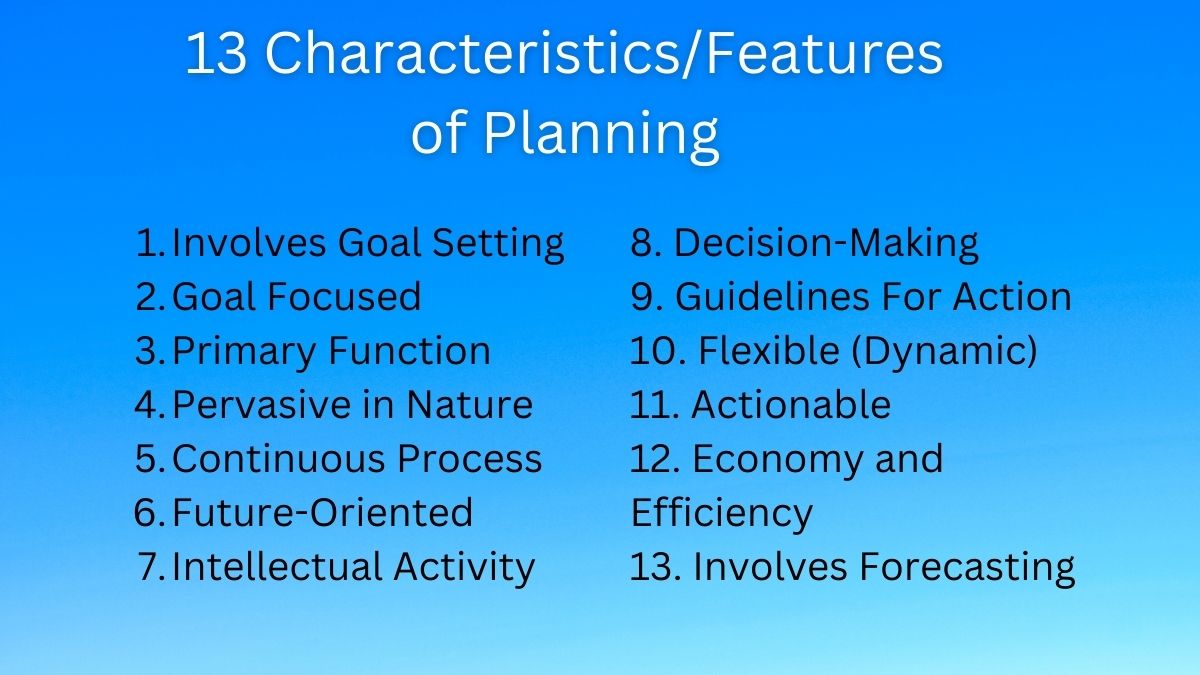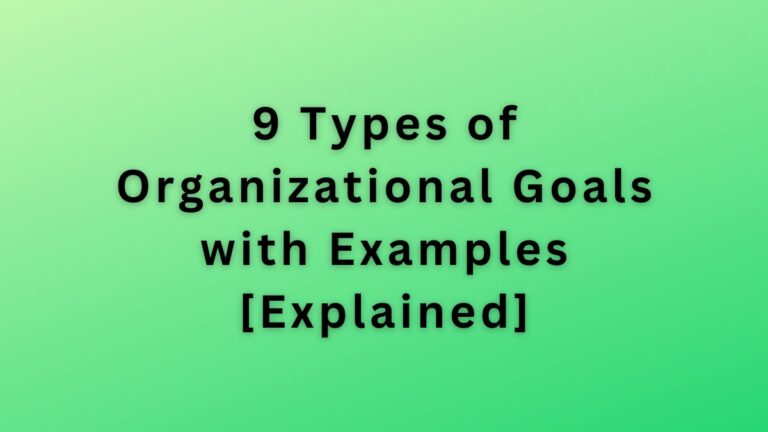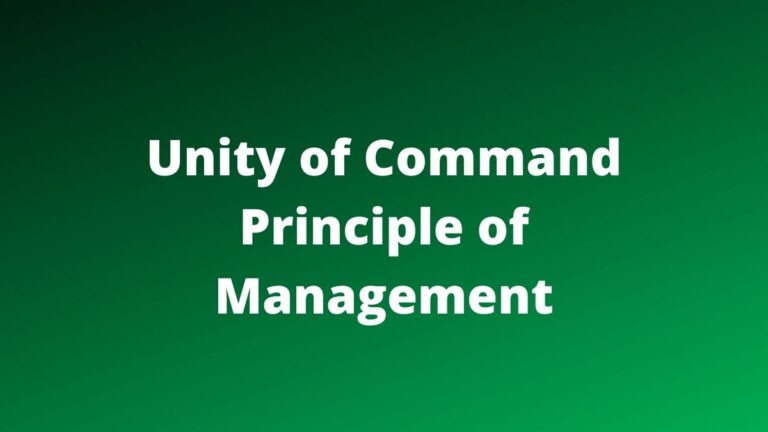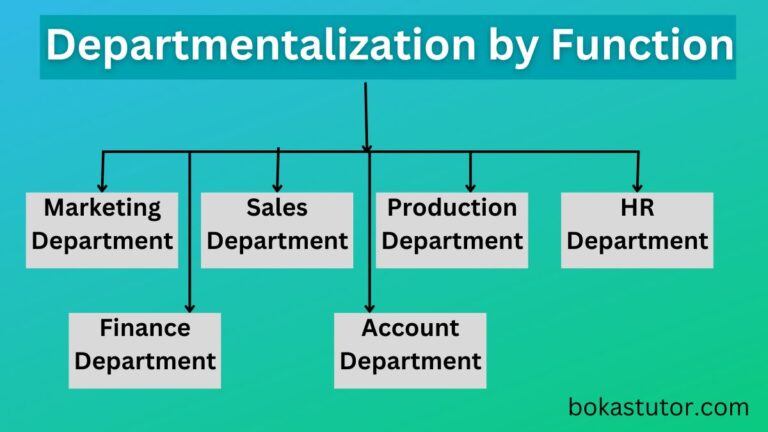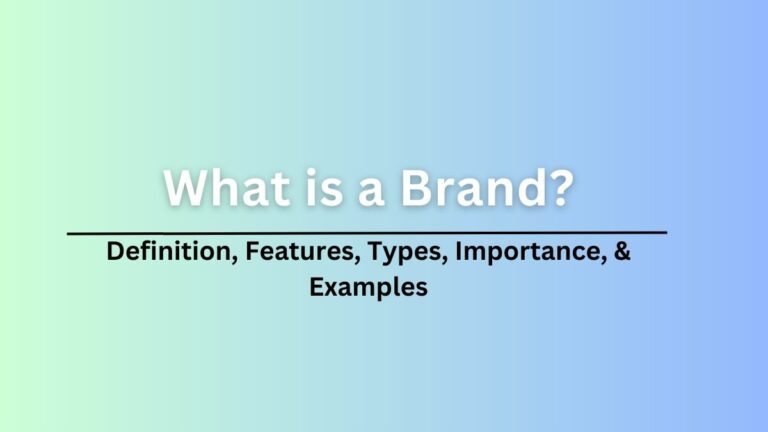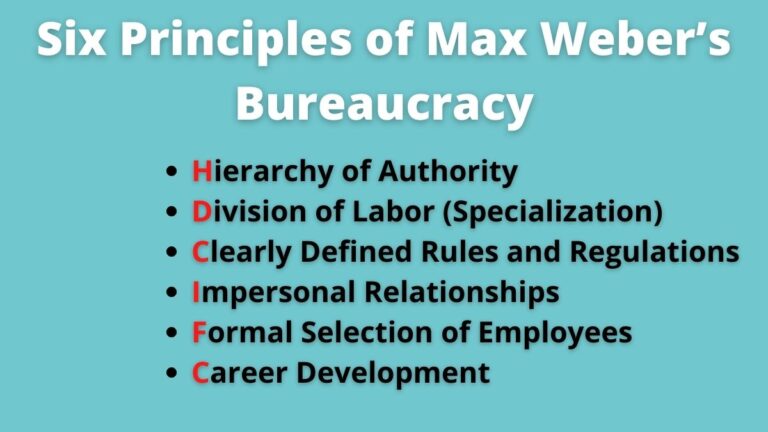13 Characteristics/Features of Planning Function of Management (Explained)
Characteristics of Planning
Planning can be defined as an action that is deciding today what and how to do in order to achieve the desired goals. Planning is an inevitable part of every organization.
Being the first among management functions managers need to formulate effective plans to ensure effective functioning in the workplace and achievement of the goals in an efficient manner. The following are the main characteristics/features of planning.
Involves Goal Setting
One of the characteristics of planning is it involves setting goals. Planning sets the desired goals following which other activities of the organization are designed.
For this, planning does a careful analysis of the environmental factors, identification of companies’ internal capabilities, and environmental opportunities, and sets the desired goals.
Goal Focused
The ultimate goal of planning is to set goals and design necessary activities to make sure the set goals are achieved. The planning is always directed toward the achievement of organizational goals.
Plans are prepared for optimal use of available resources so that the goals of the organization can be attained effectively. Plans can be called plans if they do not contribute toward the achievement of goals.
Primary Function
Planning is the management function, in addition, it is the first function of management. Managers can not conduct other management functions unless a plan is not made.
Each of the functions of organizations is initiated following the plans. Other management functions like organizing, staffing, directing, leading, coordinating, communicating, and controlling are conducted on the basis of plans.
Pervasive in Nature
Planning has pervasiveness in its nature. Even though most of us think that making plans is the duty of top managers only, it is not true. Making plans is not exclusive only to top management.
All levels of management have to make some plans – the top level may make strategic plans, the middle may make departmental plans, and the lower level may make plans for everyday activities. Based on the nature of work and scope of work all managers make some plans.
Continuous Process
Planning is not a one-time activity as we think, it is continuous till the organization is left. Organizations have various goals and objectives, and whether those goals are met or missed, management must come up with new strategies.
Goals occasionally need to be changed. New sets of plans must be created in order for the organization to function continually, either by altering or updating the current ones. The organization is continuous since the planning process is continual.
Also Read: What is Social Responsibility?
Future-Oriented
Future-focused characteristics of planning means, it decides today to ensure the future of the organization could be favorable. Plans are created for potential future courses of action to make the best use of the resources at hand in order to effectively and efficiently achieve organizational goals.
Organizations establish action plans, strategies, directives, guidelines, etc. to direct their future operations. To determine the potential future activities that would be ideal, the planning process employs a variety of tools and strategies.
Intellectual Activity
Effective plans can not be made out of coincidence. Planning requires intellectual capacity. It is also an intellectual activity since managers need careful consideration and analysis to create plans.
Planning calls for creativity, evaluation, insight, and analysis. In order to create effective strategies, managers should possess the necessary information, expertise, and experience. The plan is the result of extensive mental labor.
Decision-Making
Planning also includes decision-making activities. During the course of setting an effective plan, managers have to decide on various alternatives as to which one is fit for goal achievement, which one is not, which one is cost-effective, beneficial, and so forth.
As making the right decision requires choosing the most promising course of action. Planning also requires choosing the most promising option to achieve the goals.
Guidelines For Action
Plans are created to direct the organization’s efforts toward achieving the predetermined goals. In order to be easily implemented, a strategy must be realistic and feasible.
Plans specify the precise course of action to be taken in order to achieve each goal. With the right guidelines, employees may effortlessly complete their duties.
Flexible (Dynamic)
As we know, the business environment is dynamic. There might be several changes in the components of the business environment. Plans may be affected by environmental changes.
To cope with changes plans need to be changed or modified as per the needs. Thus, planning should possess an adequate quality of flexibility so that actions, directions, and guidelines can be adjusted according to the changes in the environment.
Actionable
A plan is, that is implementable, a plan that is unimplementable is not actually a plan. A plan needs to be a plan should be actionable i.e. should be implemented effectively.
Managers should not be left their plans as paperwork only. The plans should be implemented properly. Because that is where the fact is found the plan is worth or not for the realization of predetermined organizational goals.
Economy and Efficiency
Cost-benefit is one of the important aspects of planning. Plans are the means of achieving economy and efficiency in organizational operations. Appropriate plans that are based on factual information about the business environment provide the right direction of action.
Such sound plans clearly state what to do and how the desired outcome will be achieved. They ensure that organizational objectives can be achieved through minimum cost and effort.
Involves Forecasting
Last but not least, one of the characteristics of planning is it also involves forecasting. In fact, forecasting is not planning but planning involves forecasting.
Managers have to forecast different likely situations upon which they prepare different plans and strategies to cope with such situations.
Read Next: Steps in Planning Process
Sajan Kushmi is a content writer with more than 4 years of experience. He holds BIM Degree. He write on the topics related to Management, Marketing, and Entrepreneurship.
